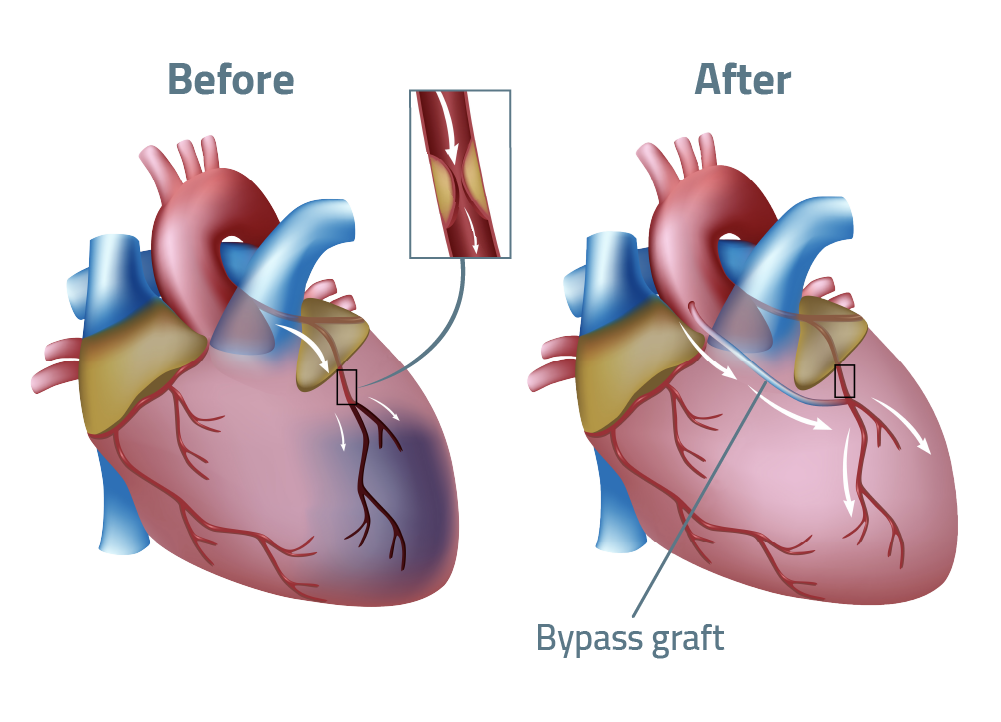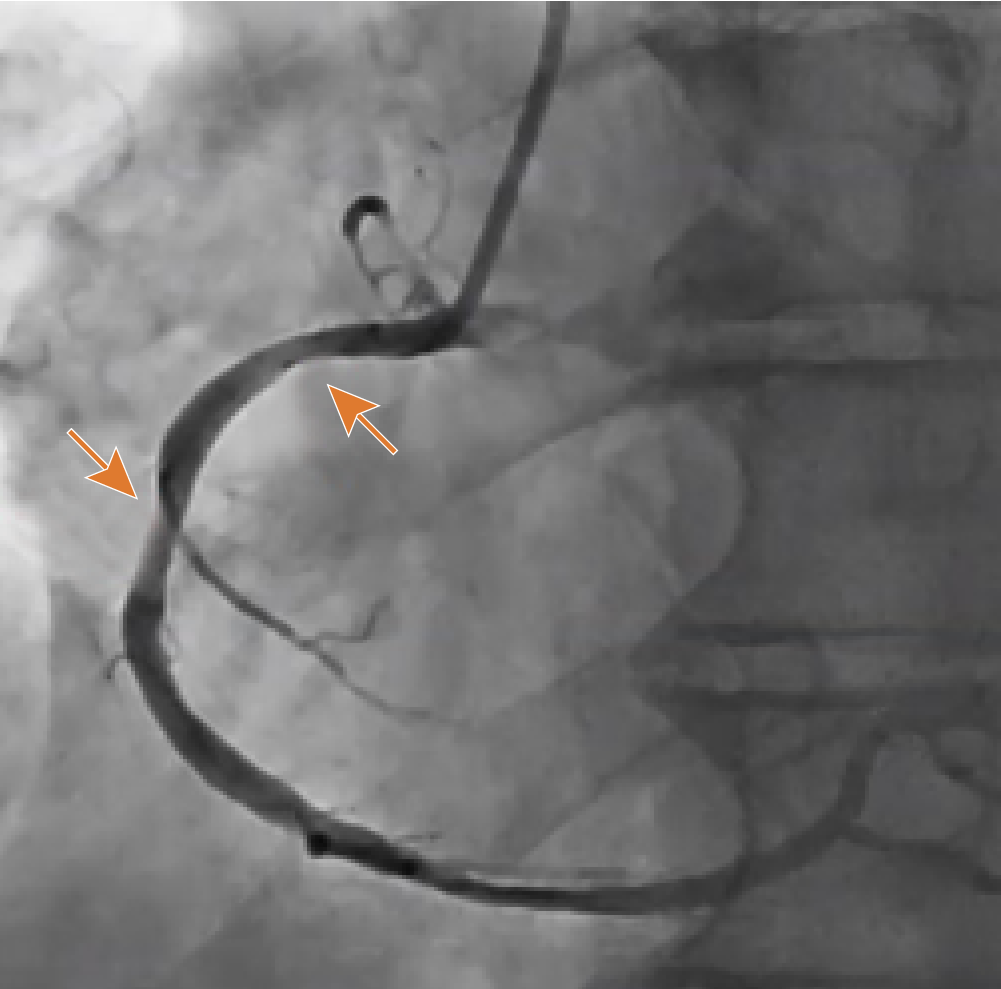What Causes Coronary Artery Disease (CAD)?

Coronary artery disease or CAD is the most common type of heart disease and a leading cause of death in North America.
CAD usually progresses over decades, developing when coronary arteries, which supply blood to the heart, become damaged or diseased. Most often, CAD develops from a buildup of plaque — fat, cholesterol, etc. in the walls of the artery, which is called atherosclerosis.
Over time, this plaque can harden, and the arteries can narrow or block, restricting blood supply to the heart. As a result, the heart does not get the oxygen and nutrients it needs. This can lead to chest pain, heart attack, heart failure and some heart rhythm problems.
Coronary Artery Disease Risk Factor
Anyone with the following risk factors for heart disease can develop CAD and it is also more likely as you get older.
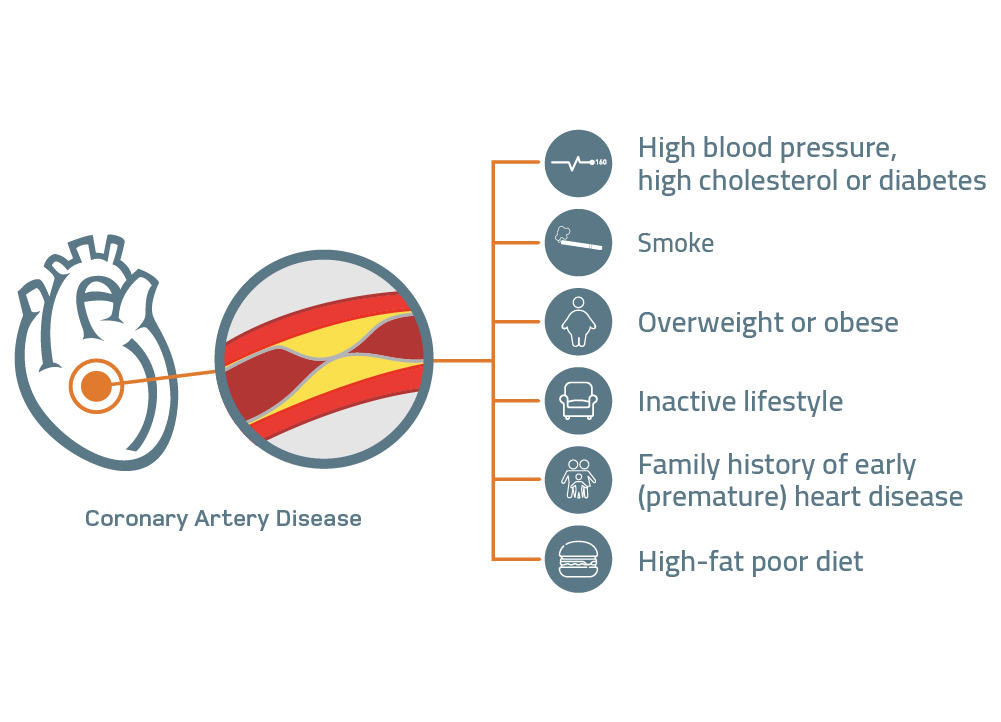
Coronary Artery Disease Symptoms
The signs of CAD vary. Some people have no symptoms — common in the early stages of the disease. For others, chest pain or chest pressure — even a heart attack — might be the first sign of blockages in the arteries.
Common Heart Attack Warning Signs
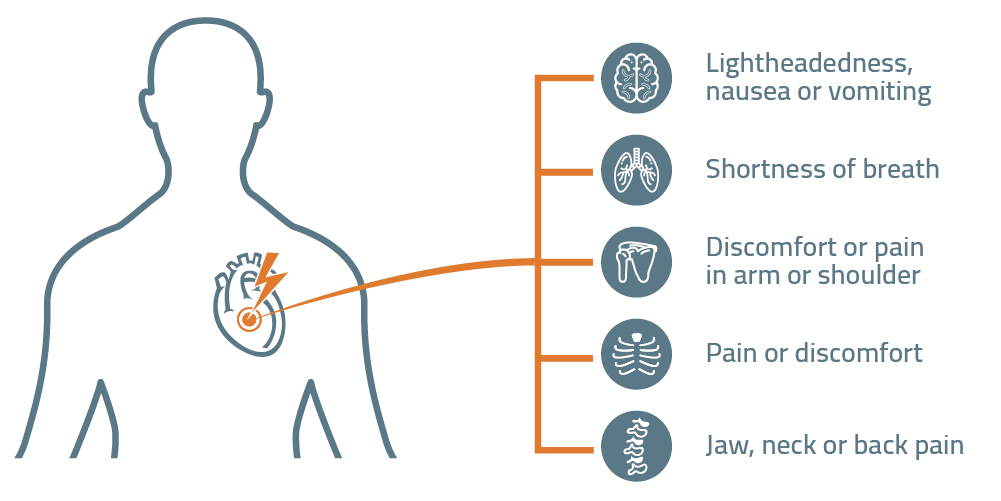
A heart attack can feel different for men and women. If you think you are having a heart attack, act fast and dial 9-1-1.
Coronary Artery Disease Diagnosis
The doctor may order tests to determine whether a patient has CAD and to what extent. A coronary angiography is usually recommended when a non-invasive test is abnormal, or a patient’s symptoms suggest CAD. Results of these tests can help guide treatment decisions.
What is a Coronary Angiography?
Coronary angiography is done in the cardiac catheterization laboratory. The doctor accesses the entrance of the targeted coronary artery through the wrist or the groin with a catheter. Physicians would usually assess both the right and left coronary arteries. Once in position, the doctor will inject contrast which will usually provide a 2D view of the coronary tree and insights on potential narrowing.
A More Accurate Coronary Artery Disease Diagnosis
Coronary angiography has been the mainstream method to diagnose coronary disease but can have several limitations:
- The angiography usually provides a 2D view of a 3D vessel
- The definition of blockage or percentage of stenosis is operator dependent
More recently, cardiologists have been looking at ways to assess the blood flow in the coronary arteries and developed a new technology called pressure guidewire.
Pressure guidewires measure the distal pressure in the coronary artery and a computer calculates ratios from the aortic pressure to define if the narrowing is altering the myocardium perfusion. This technique is now the gold standard and has been proven to reduce Major Adverse Cardiac Events compared to angiography alone in the FAME study.
Physiological measurements (FFR, dPR, Pd/Pa) are now performed with pressure guidewire, to accurately measure blood pressure and flow through a specific part of an artery. These measurements have been shown useful in assessing how to treat the patient.
What Do The Results Mean?
Less than 70% blockage in an artery means non-obstructive CAD. Blood flow to the heart is not reduced at rest, although it may be limited during intense exercise or exertion.
Best treatment: Risk reduction through lifestyle and medication.
Over 70% blockage means a severe blockage. Blood flow to the heart is significantly reduced and would likely explain chest pain or shortness of breath.
Best treatment: Doctor might recommend more aggressive medical treatment, possibly stenting or surgery.
Should All Coronary Artery Blockage be Open?
Opening-up blockages increase blood flow to the heart. However, studies have demonstrated that if physiological measurements show that flow is not significantly obstructed, the blockage or lesion does not need to be open (revascularized) with a stent. The patient can be treated safely with medical therapy.
Coronary Artery Disease Care Plan
There are many treatment options for CAD, including lifestyle changes, medications, surgery and/or medical procedures.
Lifestyle Changes for Coronary Artery Disease
- Adopting a heart-healthy eating plan
- Exercising regularly
- Getting to a healthy body weight
- Not smoking
- Managing stress
- Following heart care team’s plan, recommendations, take prescribed medication

If You Change Your MIND, You Can Change Your LIFE“
Coronary Artery Disease Treatment
- Percutaneous interventions use a stentor a balloon procedure to open, the artery (also called transcatheter interventions). This is also known as a PTCA or stent.
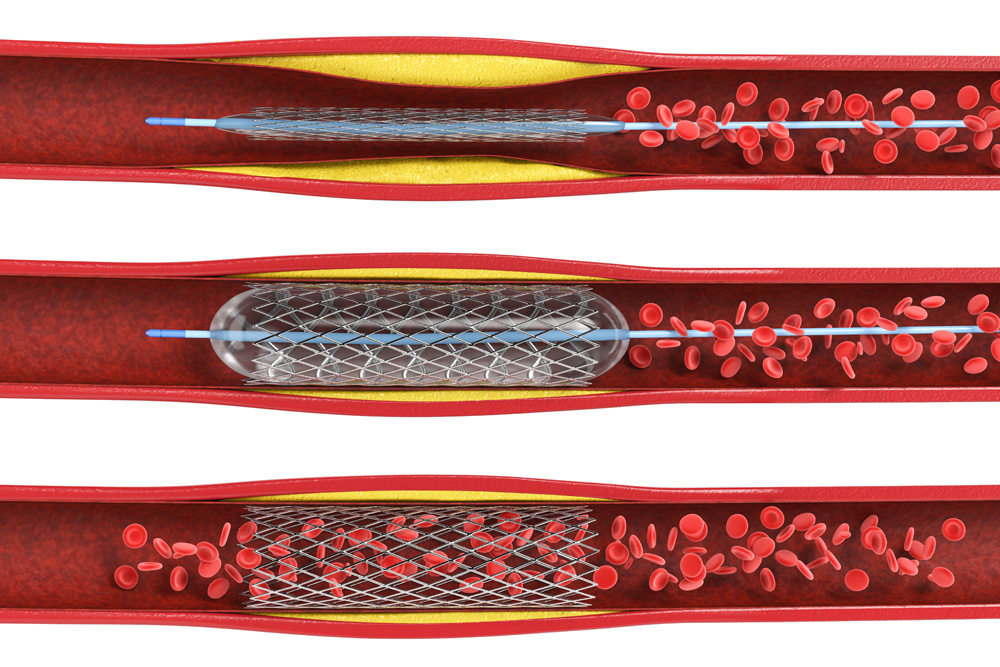
- Coronary artery bypass surgery (CABG), or open-heart surgery, to insert segments of arteries or veins around the obstruction and bypass the blockage.
